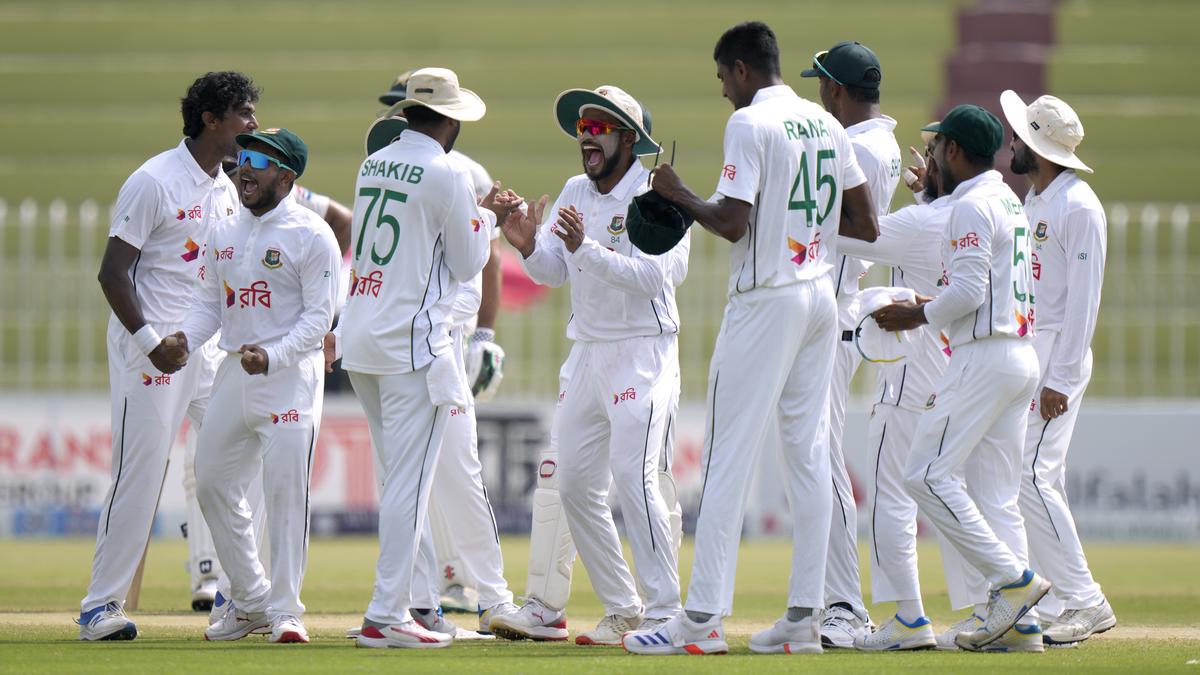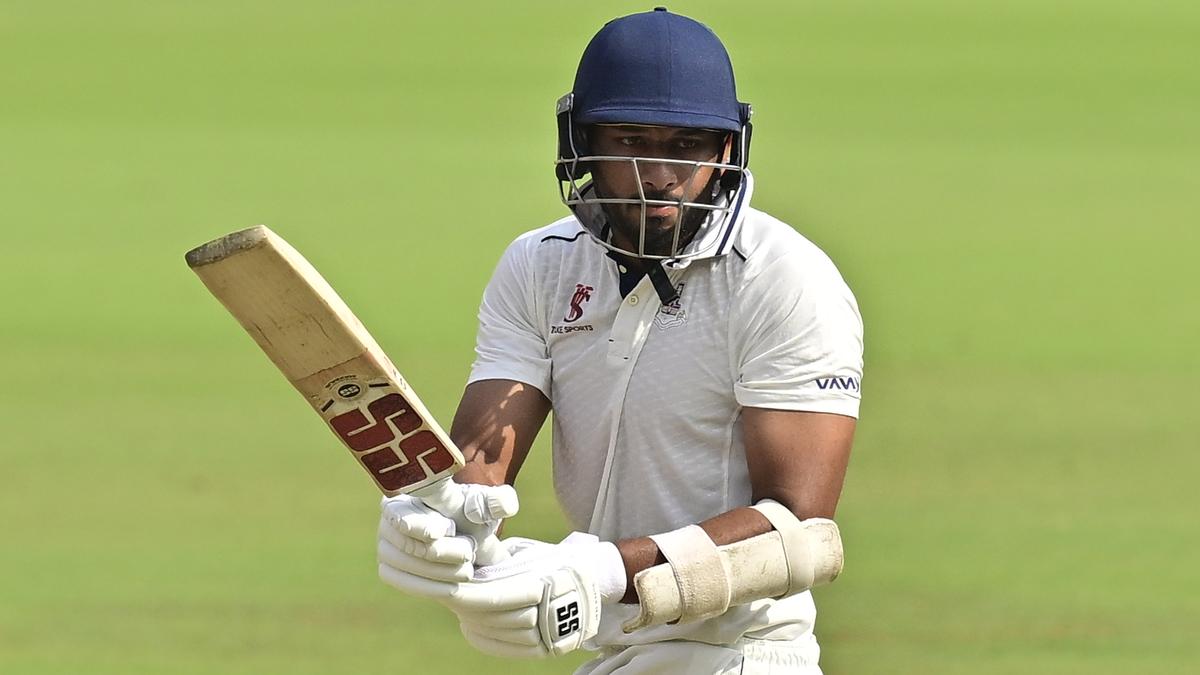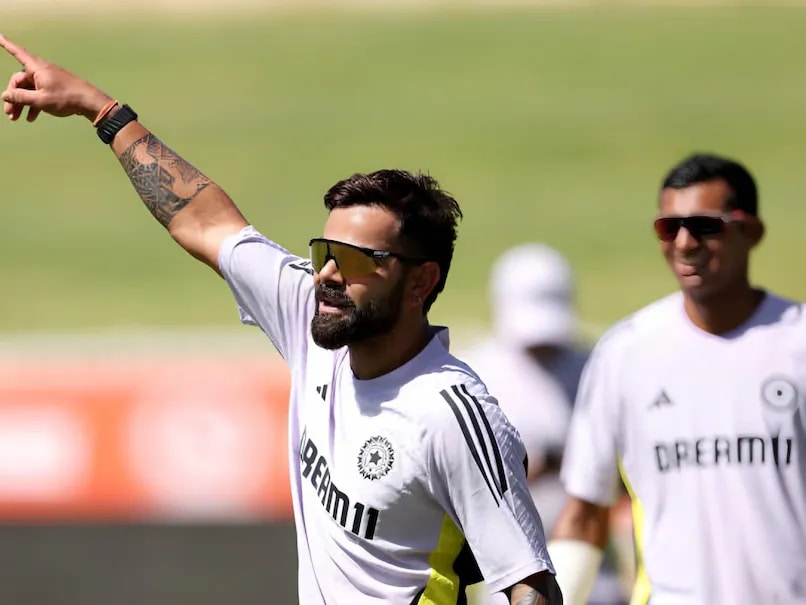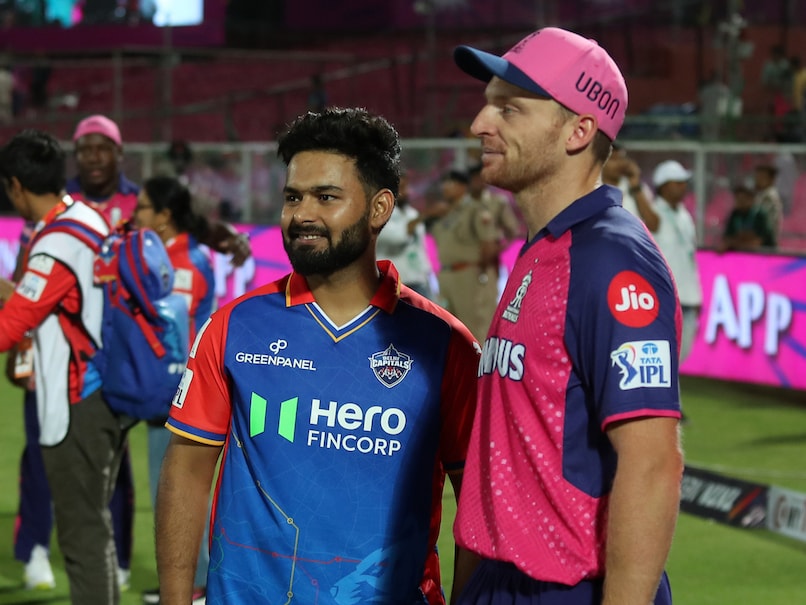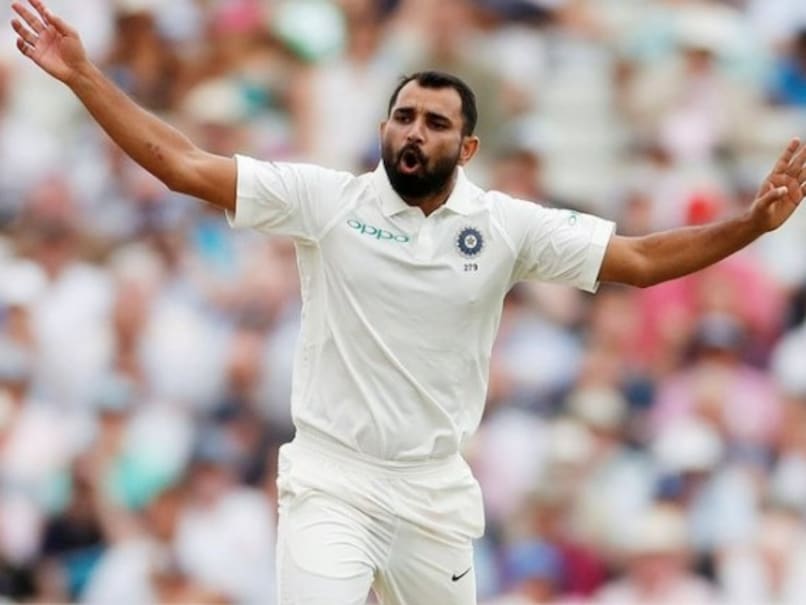In the bustling metropolis of Dhaka, where vehicles sport extra metal fenders as a precaution against traffic, there is an eternal quest for pride. This pride manifests in the proverbial emphasis on the Bangladeshi hilsa, known locally as ilish, being superior to its Indian counterpart. Beyond these fishy tales, this fierce “we are never inferior” sentiment finds further expression in the indignation of an elderly rickshaw driver who is aghast that his passenger does not speak Bengali.
Recently, Bangladesh has made headlines both for political turmoil at home and sporting triumphs in Pakistan. These developments are seen as a coup, upsetting the old order and clearing a path amidst the chaos. However, the essential trait rippling through India’s neighbor, which nearly splits the North East from the mainland, is centered around proving a point. If India, Pakistan, and Sri Lanka are comfortable with the currency denomination rupee, for Bangladesh, it has to be taka, the Bangla equivalent.
A land that was once East Bengal, as part of British India, became East Pakistan during the 1947 Partition and finally emerged as an independent entity named Bangladesh in 1971, with India lending a hand. These historical inflexion points, marked by bloodshed and trauma, have largely shaped a country itching to find its feet against Pakistan and immediate big brother India. If its former motherlands tend to cast a patronizing gaze, Bangladesh would have none of that.
This rage often finds an outlet on the sporting frontiers. A Mashrafe Mortaza may request Yuvraj Singh to put in a word during the early days of the IPL auctions, but on the field, the Tigers, as Bangladeshi cricket players refer to themselves, always refuse to take a step back. This attribute has often been obvious against India, like at the 2007 World Cup in the West Indies where a defeat in their opening game against Bangladesh contributed to Rahul Dravid’s men crashing out. Much later in 2012, when Sachin Tendulkar scored his 100th international ton in an Asia Cup game at Mirpur, his party was spoilt as it was Bangladesh that eventually prevailed in the clash.
Cut to the present, it is Pakistan’s turn to face the bruising effects of running into a resurgent Bangladesh. Playing in its backyard Rawalpindi with its Punjabi twang, Pakistan was expected to be this tough host. History too tended to support this assumption and back in the 1980s when the West Indies brushed aside most opposition, the Caribbean men always found it difficult to impose their writ in warm Pakistan and cold New Zealand.
From those glory days under Imran Khan, Pakistan may have slowly regressed as a cricketing nation and yet there is no mistaking the talent pulsing within its veins across Karachi, Lahore, Multan, and Peshawar. But when the dust settled, it was Bangladesh that reigned, pocketing the two-Test series 2-0. Previously the Tigers had won abroad against the West Indies, an opposite version of its glory days, and Zimbabwe, another anaemic rival, but to defeat Pakistan was indeed a stunning achievement.
Considering the historical angst between the two nations and the added strain of the unrest back home, Bangladesh did well to focus on the game rather than brood over the tumult in Dhaka. In the first Test, Pakistan declared at 448 for six and then gaped at Bangladesh’s 565 mounted on Mushfiqur Rahim’s 191. Najmul Hossain’s men had gained the psychological brownie points and the host’s 146 in the second dig sealed its fate, with the spinners, the wily Shakib Al Hasan and Mehidy Hasan Miraz, proving to be a handful. A meagre target of 30 was easy pickings and the visitor claimed a 10-wicket victory.
That old foible of self-combustion that shadows Pakistan was recalled all over again but the sense was that Bangladesh might find it difficult to do an encore at Rawalpindi. However, in a match of tight margins, the Tigers had the last roar. A six-wicket victory gave Bangladeshis enough to cheer, be it in Sylhet or Chittagong. A ton by Litton Das, a Bengali Hindu, another pointer to the myriad threads that bind the Indian subcontinent, and wickets from pacers Taskin Ahmed, Hasan Mahmud, and Nahid Rana, as well as from Mehidy, meant that Pakistan was forever boxed into a corner.
The what-ifs will linger, maybe the host could have extended its first innings in the first Test, perhaps more runs in the second Test may have deflated the opposition. But all this remains in the realm of conjecture. Shan Masood’s captaincy or Babar Azam’s run-drought will be dredged up and analyzed threadbare but to extrapolate excessive meanings would be an extreme measure. Bangladesh caught Pakistan cold and the series could have gone either way.
Pakistan is at a stage much akin to the West Indies, where all its cricketing greats are in the commentary boxes. Babar and Shaheen Afridi should get into that rarefied pantheon someday but for now they have to fire in unison for their team. Ever since the terror attack on the Sri Lankan team bus in 2009, Pakistan has found its credentials as a host being questioned. Countries with the exception of India may have started touring Pakistan now but that long phase when Dubai became the base and top-flight cricket did not happen back home has hurt the system within the country.
In Mushfiqur and Shakib, Bangladesh has battle-hardened veterans. The duo’s prickly behavior is never easy on the eye but a job gets done and the fans seem fine with it. Bangladesh now awaits a sterner test when it tours India, with two Tests and three T20Is being part of the schedule. Rohit Sharma’s men in Tests and Suryakumar Yadav’s troops in T20Is should offer a reality check about where exactly the visitor stands in the cricketing hierarchy. India has been a consistent outfit over the years, is indomitable at home and travels well too, a fact the Aussies would grudgingly vouch for.
India will start the favorite but Bangladesh would believe that it has a sting in its tail. In 2010 when India toured Bangladesh, pacer Shahadat Hossain struck Dravid’s jaw in a Test at Mirpur. Even within India’s dominant aura, Bangladesh had found something to smirk about. This constant desire to surprise established rivals, especially a behemoth like India, should drive Bangladesh forward while dealing with the awkward fact of tucking into Indian hilsa over the next few weeks and pretending that the taste buds aren’t impressed!

